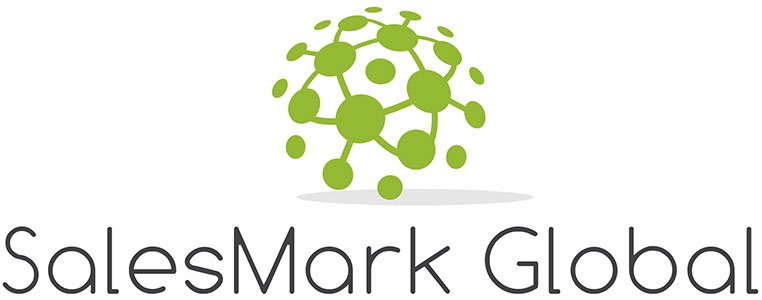Personalization Techniques in Cross-Selling Campaigns
Unlock the secrets of personalized B2B cross-selling and upselling.
Table of Contents
1. Why Use Personalization for Upselling and Cross-Selling?
2. How to Use Personalization for Upselling and Cross-Selling?
3. Best Practices for Personalization in Upselling and Cross-Selling
4. Measuring the Impact of Personalization
In today’s diverse B2B sales environment, simply selling a better product or service is not enough to guarantee a sale. Today’s B2B buyers expect something unique that meets the demands of their business, mission, and objectives. Optimisation of cross-sell and up-sell programmes uses data and analytics to present offers, thereby enhancing sales performance and customer satisfaction.
1. Why Use Personalization for Upselling and Cross-Selling?
Personalization is crucial for several reasons:
Enhanced Customer Experience: Customized promotions are more relevant and show interest in the customer and their needs as such they tend to generate higher levels of customer satisfaction.
Increased Conversion Rates: Recommendations made are more relevant to the observed customer needs and likely to achieve their goals hence better rates of conversion.
Higher Average Order Value: To enhance the average transaction value, one can make recommendations that may include other related products or services.
Improved Customer Retention: Loyal customers will always stick to a business that makes them feel valued through products and services that are relevant to them.
2. How to Use Personalization for Upselling and Cross-Selling?
Effective personalization strategies include:
Leverage Customer Data: Leverage the customer database to have a better understanding of their habits, tastes, and past purchases. Such information assists in making a prognosis and, thus, determining the needs in the future.
Segment Your Audience: Target customers based on their industry, company size, and buying habits for a more appropriate approach to marketing the products.
Use Predictive Analytics: Use data analytics to predict future product or service requirements based on customers’ past engagements and relevant customer categories.
Personalized Communication: Adaptive communications like email, ads, and landing pages are to be used in informing and presenting the offers.
Utilize CRM Systems: Use strong CRM capabilities to capture customer experiences to support targeted marketing strategies.
3. Best Practices for Personalization in Upselling and Cross-Selling
Understand the Customer Journey: Using the customer journey map, highlight the areas where a customer gets most engaged and may benefit from a tailored offer.
Maintain Relevance: Make sure that the recommendations made are relevant to the existing status of the customer as well as what the customer might need in the future. The end result of serving up irrelevant content is to turn the customer off and see them go elsewhere.
Continuous Testing and Optimization: It is recommended to experiment with various forms of personalisation and fine-tune results from this type of advertisement. The A/B testing is exceptionally beneficial.
Integrate Across Channels: The primary lesson that could be learned from the example is that it is vital to remain as consistent as possible. The personalisation should be aligned across all the customer channels, such as emails, websites, and direct sales.
Sales Team Training: Make sure that your sales team is properly trained and has the right tools needed to incorporate personalized data into their sales propositions.
4. Measuring the Impact of Personalization
Key metrics to evaluate the effectiveness of personalization efforts include:
Conversion Rates: Determine the difference in conversion rates in relation to targeted offers as opposed to non-targeted ones.
Average Order Value (AOV): Record these key variables before and after personalization techniques have been applied.
Customer Lifetime Value (CLV): Monitor CLV as consumers who have been provided with personalized attention are likely to return to make repeat purchases.
Customer Satisfaction Scores: Promote customer satisfaction with personalized offers by conducting surveys and using feedback tools.
Retention Rates: Evaluate personalization’s effectiveness in retention and loyalty of customers in the long run.
While personalization offers substantial benefits, consider the following:
Data Privacy: Make sure data collection and usage procedures are in accordance with existing privacy laws and regulations.
Technology Investment: The process of personalization is costly as it demands the integration of technological tools such as advanced analytics platforms and CRM systems.
Balance: Don’t overdo personalization; it may look too intrusive. They should find ways to be helpful while at the same time upholding people’s rights to privacy.
Scalability: Make sure that you can accommodate personalization strategies as your business expands.
Cross-selling and upselling with personalization presents one very effective technique that can boost business sales. When you know your customers well and create unique experiences for them, not only will you be able to sell more, but you will also earn their trust and their business.
Visit Our SalesMarkBlog Section to Uncover the Sales Strategies That Ignite Your Sales Journey!




